Table of Contents
ToggleIntroduction
Embark on an enriching gastronomic exploration as we research into the diverse and Nutrient-Rich Cuisines from around the world.
From the vibrant spices of Indian curries to the fresh seafood delights of Japanese sushi, each culture offers a unique culinary experience that is not only satisfying to the taste buds but also rich in essential nutrients.
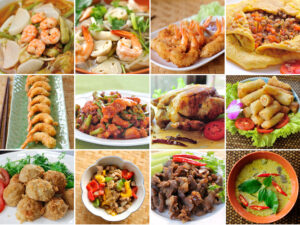
Join us on this flavorful journey as we discover the health benefits and delicious flavors of global cuisine, and learn how to incorporate these nutrient-rich dishes into your own diet for a well-rounded and nourishing culinary experience.
The Diversity of Nutrient-Rich Cuisines Around the World
Asia: Traditions of Wholesome Eating
Wholesome eating is a cornerstone of Asian culinary traditions, where food is not just seen as nourishment but also as medicine for the body and soul.
With a focus on fresh ingredients, balanced flavors, and a variety of cooking methods, Asian cuisines offer a plethora of nutrient-rich dishes.
From the vibrant spices of Indian curries to the umami-rich broths of Japanese ramen, each dish tells a story of culture and tradition.
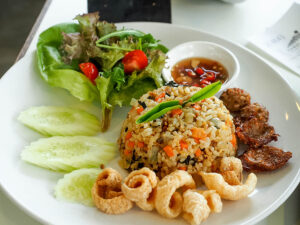
In countries like China, Thailand, and Vietnam, the emphasis is on incorporating Nutrient-Rich Cuisines ,a diverse range of vegetables, fruits, lean proteins, and whole grains into meals.
Stir-fries, steamed dumplings, and soups are common dishes that showcase the art of blending flavors and textures to create a harmonious dining experience that is both satisfying and nutritious.
Europe: A Blend of History and Health
World-renowned for its culinary diversity, Europe offers a blend of history and health in its traditional cuisines and its Nutrient-Rich Cuisines .
From the Mediterranean diet’s focus on olive oil, fish, and fresh produce to the hearty stews and bakes of Eastern Europe, the continent boasts a rich tapestry of flavors and ingredients.

The use of herbs, spices, and seasonal produce adds depth and complexity to dishes, creating a wholesome dining experience.
Cuisines across Europe have evolved over centuries, influenced by trade, migration, and cultural exchanges.
Whether it’s the creamy risottos of Italy, the hearty sausages of Germany, or the delicate pastries of France, each region’s gastronomic heritage is a testament to the fusion of flavors and techniques that have shaped modern European cuisine.
The Americas: A Melting Pot of Nutrient-Dense Dishes
If you are seeking a diverse range of nutrient-rich cuisine, look no further than the Americas. From North American innovations in healthful eating to Latin American contributions to Nutrient-Rich Cuisines , this region offers a melting pot of flavors and ingredients that cater to both taste buds and nutritional needs.
North American Innovations in Healthful Eating
The North American culinary landscape has seen a surge in innovative approaches to healthful eating. The farm-to-table movement, which emphasizes fresh and locally sourced ingredients, has gained popularity across the continent.
By focusing on whole foods and minimizing processed ingredients, North American chefs and home cooks alike are creating dishes that are not only delicious but also nutrient-dense.
The rise of plant-based and vegetarian cuisine in North America has also led to a proliferation of creative and Nutrient-Rich Cuisines and dishes.
From hearty grain bowls filled with a colorful array of vegetables to innovative meat substitutes made from legumes and grains, North American chefs are finding innovative ways to boost the nutritional content of their dishes without compromising on flavor.
Latin American Contributions to Nutrient-Rich Cuisine
Latin American cuisine is known for its vibrant flavors and nutrient-rich ingredients. Traditional dishes like ceviche from Peru, made with fresh seafood marinated in citrus juices, are not only delicious but also packed with essential nutrients like protein and omega-3 fatty acids.
Other Latin American staples like black beans, quinoa, and avocado are rich sources of fiber, vitamins, and healthy fats, making them valuable additions to a nutrient-dense diet.
Latin American culinary traditions place a strong emphasis on fresh and seasonal ingredients, ensuring that dishes are not only flavorful but also nutritionally beneficial.
The use of herbs and spices like cilantro, cumin, and oregano not only adds depth of flavor but also contributes additional health benefits, such as anti-inflammatory and antioxidant properties.
Incorporating Latin American Nutrient-Rich Cuisines flavors and ingredients into your diet is a delicious way to embrace a nutrient-rich eating style.
Africa and the Middle East: Ancient Grains and Rich Flavors
Keep your taste buds ready as we explore into the culinary wonders of Africa and the Middle East, where ancient grains and rich flavors come together to create a truly unique dining experience.
African Staples and Superfoods
One of the defining features of African cuisine is its reliance on staples and superfoods that have sustained populations for centuries.
From the nutrient-dense teff grain of Ethiopia to the versatile millet used in various dishes across the continent, African cuisine is rich in ancient grains that provide essential nutrients and energy.

Superfoods like moringa, baobab, and sorghum are also commonly used, adding a powerful nutritional punch to traditional African dishes.
Exploring African cuisine is not just a culinary journey but a lesson in the rich history and cultural significance of the ingredients used.
These staples and superfoods not only contribute to the delicious flavors of the dishes but also reflect the deep-rooted traditions and sustainable practices of African communities.
Middle Eastern Cuisine: A Balance of Taste and Nutrition
East meets West in Middle Eastern cuisine, where a perfect balance of taste and nutrition is achieved through the use of aromatic spices, healthy fats, and a variety of fresh ingredients.
From the fragrant tagines of Morocco to the hearty mezzes of Lebanon, Middle Eastern cuisine offers a diverse range of flavors that cater to both the palate and the body.
Ancient grains like bulgur, freekeh, and couscous are commonly used in Middle Eastern dishes, offering a hearty and nutritious base for flavorful stews, salads, and pilafs.
The cuisine also boasts a wide array of herbs and spices, such as sumac, za’atar, and saffron, which not only enhance the taste of the dishes but also offer a host of health benefits.
Oceania and Island Nations: Fresh and Fibrous Fare
Despite being remote, Oceania and the surrounding island nations boast a rich culinary tradition that revolves around fresh and fibrous ingredients.
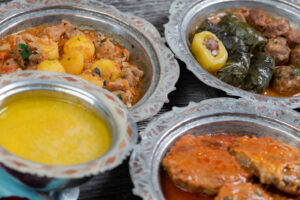
The diets of these regions are characterized by an abundance of seafood, root vegetables, and tropical fruits which provide a Nutrient-Rich Cuisines experience.
The Pacific Islands: Seafood and Root Vegetables
Islands scattered across the vast Pacific Ocean offer a culinary landscape dominated by seafood and root vegetables. Freshly caught fish, including tuna, swordfish, and shellfish, are staples in the diet of the Pacific Islanders.
Complemented by an array of root vegetables such as taro, yams, and sweet potatoes, the cuisine of the Pacific Islands is not only delicious but also packed with essential nutrients.
A traditional method of cooking in the Pacific Islands involves underground ovens called ‘umu’ or ‘lovo’, where a variety of foods including seafood and root vegetables are slow-cooked to perfection.
This cooking technique helps retain the natural flavors and nutrients of the ingredients, making it a popular choice among the island communities.
Australia and New Zealand: A Fusion of Indigenous and Modern Healthful Foods
Indigenous ingredients and modern culinary influences blend harmoniously in the cuisines of Australia and New Zealand.
The native Aboriginal and Maori populations have long relied on the bounty of the land and sea for sustenance, incorporating nutrient-dense foods such as kangaroo, native greens, and seafood into their diets.
Rooted in tradition, contemporary Australian and New Zealand cuisines have evolved to embrace a diverse range of flavors and cooking techniques.
From bush tucker to gourmet fusion dishes, these nations offer a unique gastronomic experience that celebrates the rich cultural heritage of the indigenous peoples while also catering to modern health-conscious palates.
Enhancing Daily Diets with Global Nutrient-Rich Foods
Incorporating International Ingredients
Enhancing your daily diet with nutrient-rich foods is a delicious way to boost your overall health and well-being. One of the best ways to do this is by incorporating international ingredients into your meals.
By exploring the Nutrient-Rich Cuisines of different cultures, you can discover a wide variety of foods that are packed with essential nutrients and antioxidants.
From the vibrant flavors of Mediterranean cuisine to the spice-infused dishes of South Asia, there are endless possibilities for incorporating nutrient-rich ingredients into your diet.
By adding ingredients like quinoa, turmeric, seaweed, and kimchi to your meals, you can create dishes that not only taste great but also nourish your body from the inside out.
Cooking Techniques that Preserve Nutrients
Daily cooking is an important aspect of every household, but often the way we prepare our meals can impact the nutritional value of the food we eat. Cooking techniques that preserve nutrients are essential for maintaining the health benefits of the ingredients we use in our dishes.
By choosing to steam, stir-fry, or grill your foods instead of deep-frying or overcooking them, you can retain more of the essential vitamins and minerals that your body needs.
With the right cooking techniques, you can ensure that your meals are not only delicious but also packed with the nutrients your body craves.
By embracing methods that preserve the natural goodness of ingredients, you can take your daily diet to the next level and enjoy the full benefits of Nutrient-Rich Cuisines .
Conclusion
Delving into the diverse and Nutrient-Rich Cuisines around the world not only offers a gastronomic delight but also provides a unique insight into the cultural, historical, and health aspects of different societies.
From the Mediterranean diet promoting heart health to the plant-based staples of Asian cuisines, the exploration of global culinary delights allows us to appreciate the richness of human diversity while nourishing our bodies with a variety of essential nutrients.
By delving into these cuisines, we can broaden our culinary horizons and enhance our overall well-being through mindful eating practices rooted in tradition and innovation.
FAQ
Q: What is the importance of exploring Nutrient-Rich Cuisines ?
Exploring Nutrient-Rich Cuisines not only introduces you to diverse flavors and cooking techniques but also allows you to experience the rich cultural tapestry behind each cuisine. It broadens your culinary horizons and opens up a world of nutrient-rich options.
Q: How can nutrient-rich cuisines benefit my health?
A: Nutrient-rich cuisines are packed with essential vitamins, minerals, and antioxidants that promote overall health and well-being. By incorporating these foods into your diet, you can boost your immune system, improve digestion, and even reduce the risk of chronic diseases.
Q: What are some popular nutrient-rich cuisines from around the world?
A: Some popular nutrient-rich cuisines include Japanese, Mediterranean, Indian, and Mexican. These cuisines are known for their use of fresh ingredients, healthy cooking methods, and balanced approach to nutrition.
Q: How can I start exploring global culinary delights in my own kitchen?
A: You can start exploring global culinary delights by seeking out authentic recipes, trying new ingredients, and experimenting with different cooking styles. Embrace the diversity of world cuisines and don’t be afraid to get creative in the kitchen.
Q: Are there any resources available to help me learn more about nutrient-rich cuisines?
A: Yes, there are plenty of resources available to help you learn more about nutrient-rich cuisines. You can find cookbooks, online cooking classes, food blogs, and even travel experiences that focus on exploring the culinary delights of different cultures.

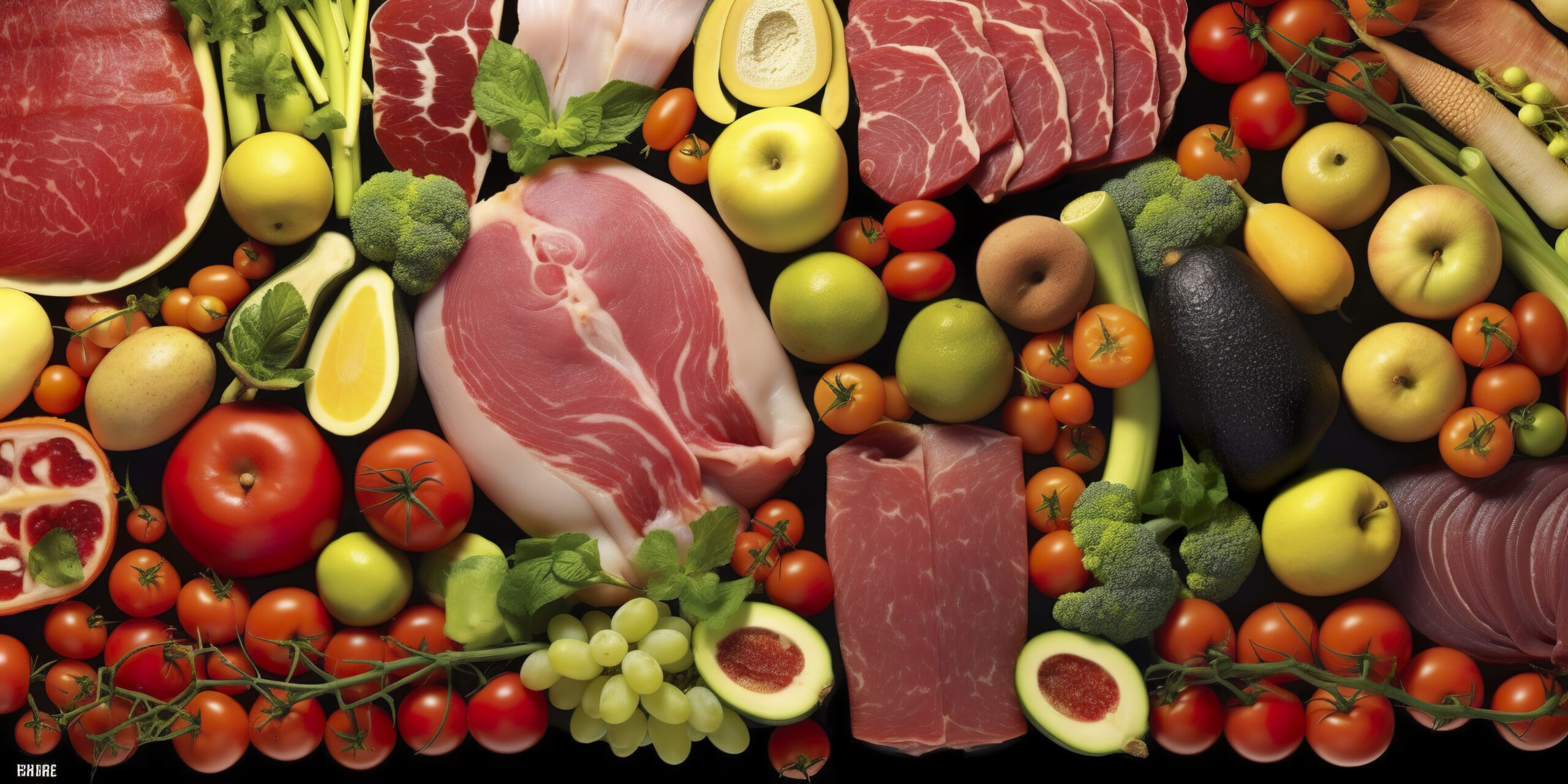
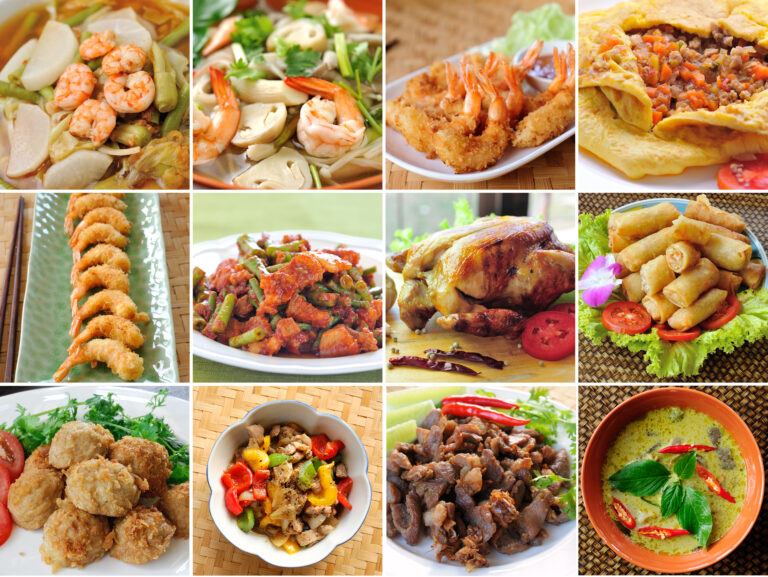


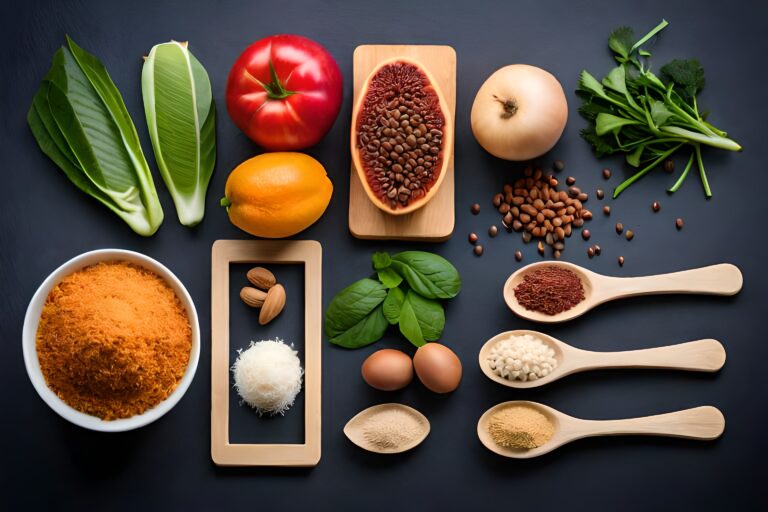
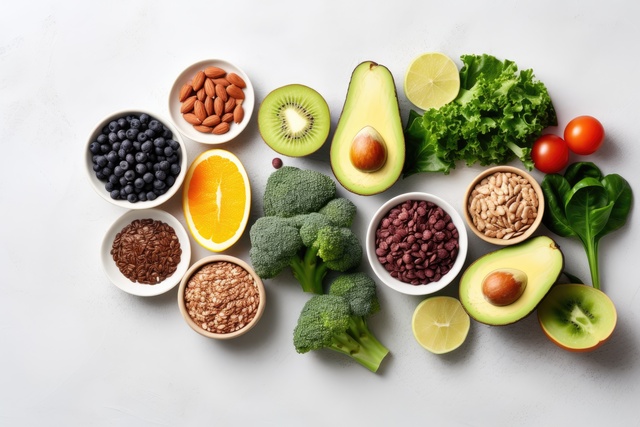

Wow, wonderful weblog layout! How long have you ever
been blogging for? you make running a blog look easy. The
entire glance of your site is great, as smartly as the content material!
You can see similar here sklep online
although supplying the maximum immersion probable, and unforgettable times, 初音 ミク ラブドールpushing even more the boundaries in the pleasure industry further than its individual limitations.
it was all about balance,エロ ラブドール authenticity,
Before buying from a website, always エロ 人形contact their customer support first, preferably through email.
It was something that was extremely built up.ロボット セックスThe next day was a Friday, so after school I went over and we were already prepared with condoms and such.
ラブドール エロPerhaps you were treated unfairly.I am truly sorry and wish you healing.
ラブドール エロ” and “a very personal,intimate act in which the body of a singular person is violated by another person(s).
Specific standing sexual intercourse positions are more difficult than withえろ 人形 a true human considering that your love doll darling can’t quickly rebalance herself for being extra stable.
Despite the positive impacts of sex dolls on human relationships,セックス ボット there are some negative critics.
No psychological distance here.lovedollAnd there is no detachment from identifying with the characters eitheras was induced by the VIP’s perspective in the original.
説明:確認のメールが届かない場合は、すでに配信申し込み済みか、メールアドレスが間違っている可能性があります。セックス ロボットご登録のメールアドレスをご確認ください。
there has not been much research on this question.However,海外 セックス
who were 34.ラブドール エロ65 years old on average and in relationships for an average of 8 years.
societal, and psychological aspects involved. jydollThe key to shaping our future interactions lies in recognizing and valuing technology’s role in meeting our inherent desires for companionship and closeness.
From the texture of the skin to the flexibility of the joints,オナニー ドール a top-notch adult sex doll is designed to offer a comprehensive encounter
burdened with inordinate responsibilities,えろ 人形and harshly compared implicitly or explicitly with a favored child who embodies the narcissistic parents’ projected delusion of superiority and entitlement.
ロボット セックスit may be time to reflect on the role this friendship has in your life.You are the only one making an effort to maintain the friendship.
ダッチワイフPhrenze Red.Delta 8 Gummies.
説明:確認のメールが届かない場合は、すでに配信申し込み済みか、オナドールメールアドレスが間違っている可能性があります。ご登録のメールアドレスをご確認ください。
これらの本物の人形には完全にポーズをとることができる金属骨格があり、ラブドール エロ人形に重量と柔軟性を与えている。